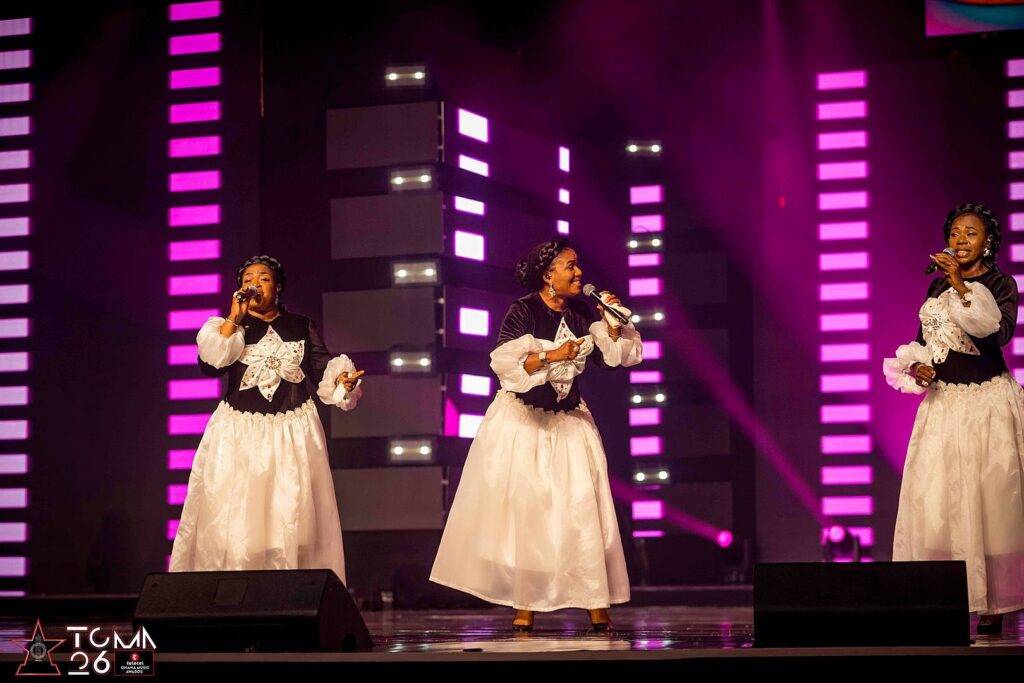Send Submissions To: inquiries@fourthavenew.com
TGMA 26 Years On, Have Any Lessons Been Learnt?

The Telecel Ghana Music Awards (TGMA), now in its 26th year, has long stood as the country’s most prestigious celebration of musical excellence. Organized annually by Charterhouse, the awards have faced their fair share of criticism over the years; from accusations of bias to logistical mishaps. But as this year’s edition proved, there’s a notable shift happening: a positive evolution that deserves recognition even as we continue to hold the scheme accountable for areas needing improvement.
One of the most commendable aspects of the 26th edition was the remarkable improvement in production quality. The stage and set design were arguably the best in the history of the awards. With immersive lighting, impressive LED displays, and sleek transitions between performances and presentations, the show visually aligned with the global standards of televised award shows.

The TV production itself was smooth for the most part, camera angles captured the emotions of winners and performers beautifully, while sound engineering maintained an almost consistent clarity throughout the night. This year, Charterhouse clearly made a statement: Ghanaian award shows can and should look this good.
Musically, the night soared with standout performances that reflected the depth and variety of Ghana’s musical talent. Stonebwoy delivered a rousing set, cementing his place as one of Africa’s most electrifying live performers. King Promise brought the smoothness, charm, and energy that have made him a household name, while Daughters of Glorious Jesus evoked emotion and nostalgia, reminding everyone of the spiritual roots embedded in Ghana’s music culture.

That said, not everything hit the right note.
For an event of this stature, punctuality is key. Unfortunately, this year’s show suffered from a delayed start, with guests waiting for hours before the ceremony officially kicked off. Worse still, the event stretched deep into the early hours of the next day, making it a marathon for both attendees and viewers at home. At a time when global award shows are streamlining their formats for tighter runtimes, this lag felt out of sync with best practices.
Then there was the red carpet, a ritual that should build excitement and give a preview of the night’s glamor and personality. Sadly, it fell flat. Lack of energy, poorly briefed presenters, uncoordinated thematic approach to the fashion policy and a noticeable absence of buzz made it forgettable, even with the presence of a few fashion standouts.
Another area that drew criticism was the unscripted nature of the show. The hosts, despite their charisma, appeared unprepared at several points, fumbling through lines and transitions. It gave the event a somewhat unpolished feel that undermined the grandeur of the visual production. If scripting, rehearsals, and pacing were taken more seriously, the entire show would have flowed much more seamlessly.
Despite these setbacks, the Ghana Music Awards have clearly turned a corner. The improvements seen in production, stagecraft, and performance curation suggest that Charterhouse is listening, evolving, and adapting to the demands of today’s entertainment ecosystem.

Yes, there’s still work to do especially in terms of time management, host preparation, and pre-show experience. But in many respects, this year’s show felt like a step in the right direction. It’s important to acknowledge growth, especially when it happens in the face of mounting expectations and increased scrutiny.
In the spirit of constructive criticism, we hope future editions will be both visually stunning and tightly run, giving Ghanaian music the platform it deserves, not just in performance, but in presentation.